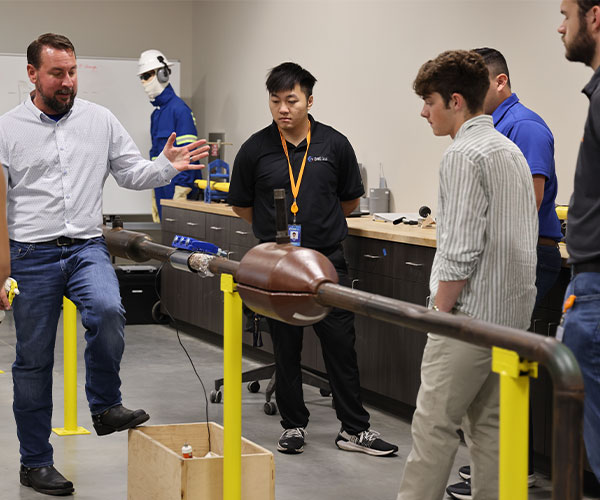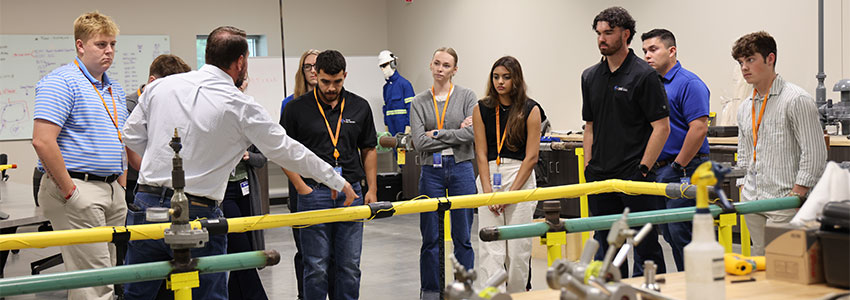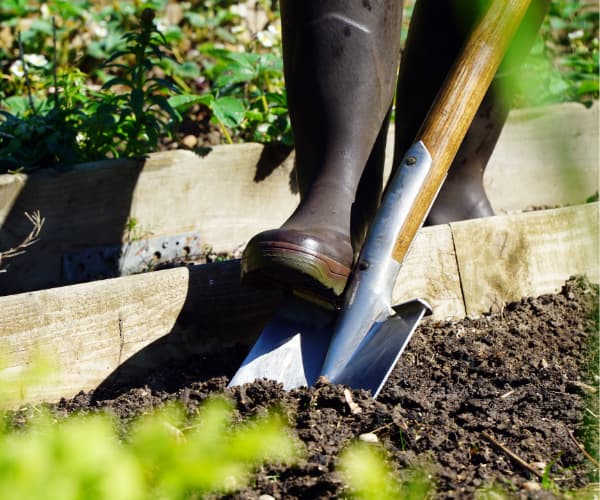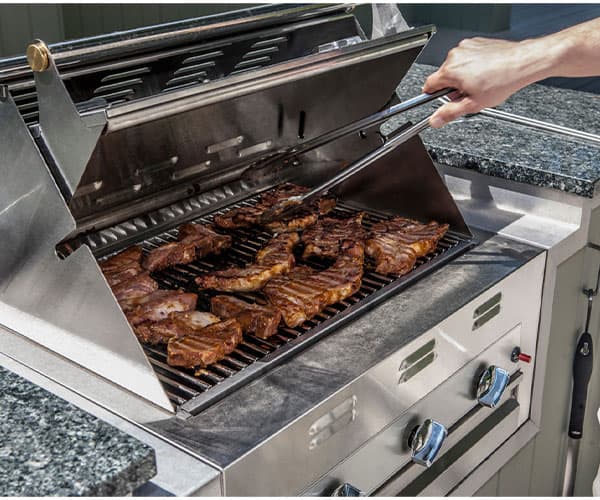Food is front and center to some of our happiest times and memories - family meals, celebrations and social gatherings. But not everyone is so lucky.
Pandemic Pushes Food Banks to the Limit
When the COVID-19 pandemic hit the U.S. in March 2020, food insecurity in homes skyrocketed. Food insecurity is defined as the disruption of food intake or eating patterns because of lack of money and other resources.
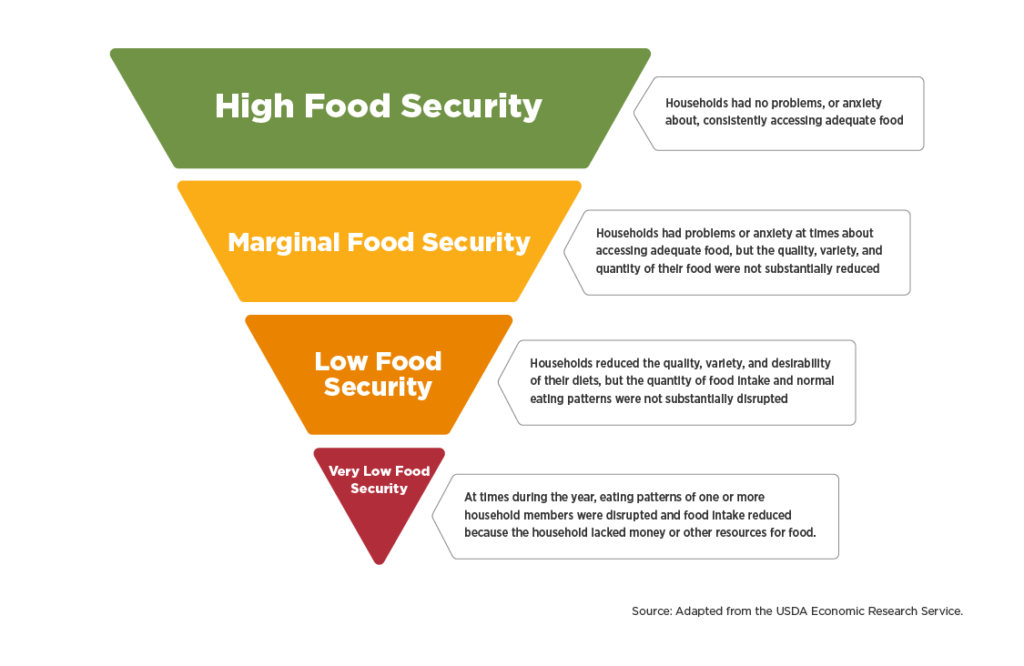
With the pandemic’s effects impacting more and more residents, food banks throughout the nation were challenged to help the less fortunate. Long lines of people spanned blocks as they sought their next meal.
Hunger relief organizations, like the Central Texas Food Bank in Austin, saw demand for meals increase exponentially within a few short weeks. As businesses and schools closed and cities went into lockdown due to the coronavirus, many Americans were left without jobs, paychecks and, ultimately, without food.
“Many of our neighbors had to make impossible choices and painful sacrifices,” said Paul Gaither, Director of Marketing and Communications at the Central Texas Food Bank. “Two-thirds of the people we serve say they had to choose between buying food and paying for housing in the past year. And, 80% said they had to choose between food and medicine.”
Central Texas Food Bank Goes Into Overdrive
While donations to the Central Texas Food Bank poured in, so did an increasing amount of food requests.
As a result, the food bank went into overdrive, creating meals at a rapid pace and relying on natural gas as the primary energy source to cook the food faster and more efficiently to keep up with the demand.
Food Banks Rely on Natural Gas
Texas Gas Service Is Proud to Partner with the Central Texas Food Bank
“Texas Gas Service is proud to partner with the Central Texas Food Bank to raise awareness and thank them for the amazing work they continue to do to feed those in need in the Texas community,” says Shantel Norman, Texas Gas Service vice president of operations.
Texas Gas Service’s partnership with Central Texas Food Bank goes back more than 15 years and includes employee volunteer projects and ONE Gas Foundation grant awards with a cumulative total of more than $100,000.
- In 2020, Foundation board members approved a $25,000 award. The funds supported the purchase of food and distribution materials for 833 emergency food boxes to feed 833 households for one week. Each box of food contains approximately 25 pounds of food. A household is between two – four individuals.
- In 2016, Foundation board members approved a $76,000 award to CTFB. The funds helped to equip a commercial kitchen at the Food Bank.
“Volunteering with the Central Texas Food Bank always leaves me smiling,” says Carmen Luevanos, Texas Gas Service community relations manager. “You feel like you’re contributing to your community’s well-being and you develop a new appreciation for the food you buy at the grocery store and empathy for families who wish they could, but at this time, don’t have the financial resources to do so.”
How You Can Help
If you or your company want to donate or volunteer with the Central Texas Food Bank, visit centraltexasfoodbank.org.

